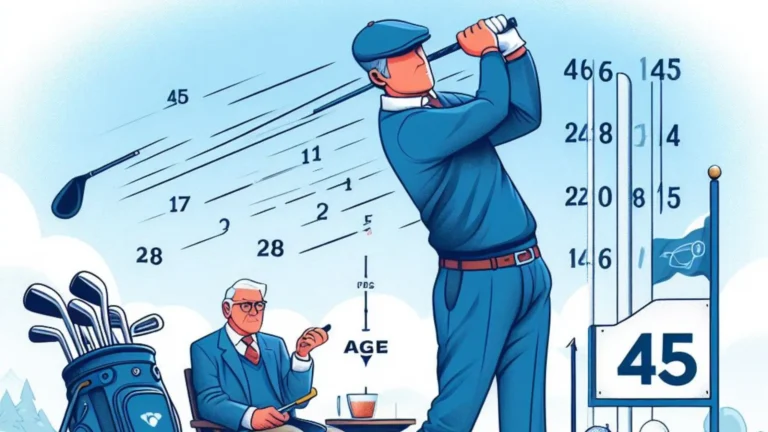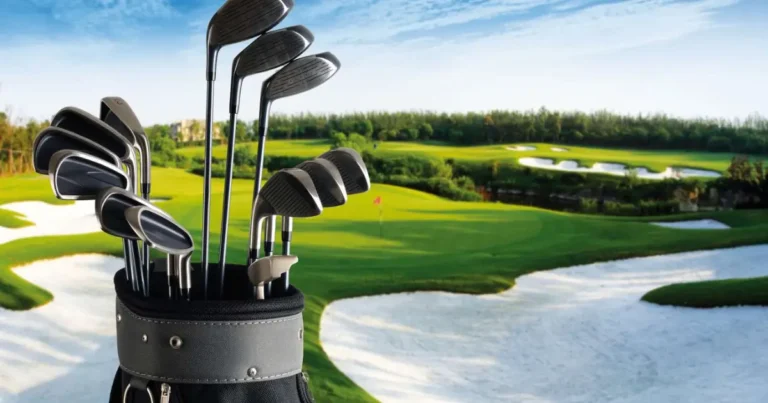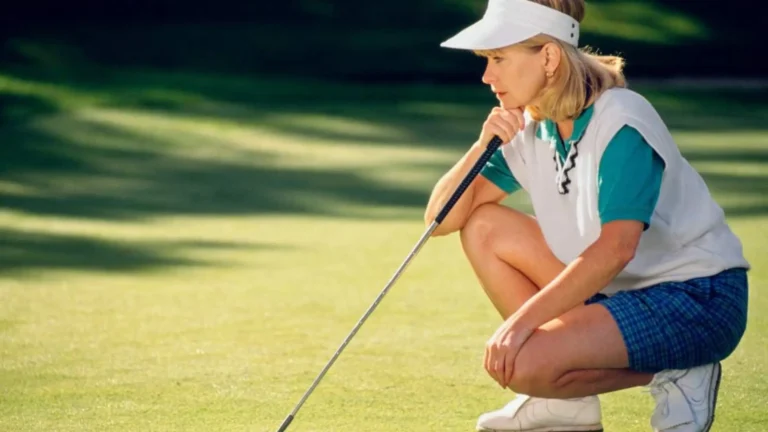Shortening Your Backswing for Better Consistency and Control
Many amateur golfers experience inconsistency and lack of control with their golf shots, which leads to frustration on the course. One possible culprit is an overly long backswing, which is difficult to repeat and can result in erratic ball striking. Most mid to high handicap players can benefit from shortening their backswing to improve their consistency and control.
To deliver power and accuracy to the golf ball at impact, the golf swing must be coordinated by the body and club. A shorter, more compact backswing enables more golfers to make solid contact without becoming too steep, stuck, or out of sequence. Limiting the backswing can help players who get too long at the top or have an overly rounded transition down hit cleaner shots by getting the club back on plane. This article will look at the benefits of a shorter backswing, how to shorten it, and some practice drills to help you groove your new motion.
Define the Backswing
The backswing is the first part of the swing in which the club is moved away from the ball, preparing the body and club to transition down into the ball at impact. The top of the backswing occurs when the shoulders stop rotating away from the target and the club changes direction. Backswing length is determined by a variety of factors, including wrist angles, hip rotation, and shoulder turn. Shortening focuses on limiting shoulder turn and coiling, rather than the arms and hands.
Reasons To Shorten Your Backswing
Consistent Ball Striking
Shorter backswings are easier to control and repeat, resulting in more consistent ball striking. Limiting the moving parts improves swing sequence and helps you return the club to impact consistently. This consistency leads to hitting more fairways and greens in regulation, which is important for lowering scores.
Prevent excessive rounding
Restricting shoulder turn prevents the club from falling too far behind you, necessitating compensation to return it to the ball. When the club is over-rounded, it is more likely to be too steep with the face open, resulting in blocks, slices, and topped shots.
Enhance Power Transfer
Shorter swings can increase transition forces because less effort is expended on swinging. This allows for better hip clearance and squaring of the club face during impact, resulting in proper compression. More power is transmitted to the ball with less wasted motion.
Techniques to shorten your backswing
There are several effective physical and mental techniques for achieving a more compact backswing without compromising power or mechanics.
Limit shoulder turn
Actively restrain shoulder turn during the takeaway to avoid turning level with the ground on the backswing. Keeping the shoulders tilted allows the arms and hands to hinge while retaining power. Changing protraction as the shoulders turn allows you to better control your turn limits.
Modify Grip Pressure
Lightening grip pressure discourages overswinging by allowing the club to flow more freely. Avoid death gripping the club so that your hands and arms can naturally control the swing length.
Use Swing Triggers
Use swing triggers, such as a slightly exaggerated forward press, to start the backswing. Allowing the hands and arms to start down causes faster shoulder rotation, preventing overswinging.
Swing Thoughts
Swing thoughts are mental cues for shortening your swing. Thinking “slow takeaway” helps the backswing move with control. Imagining a “restrictive barrel” reduces excessive shoulder turn.
Backswing Drills
Incorporate shortened backswing positions into practice drills that involve hitting balls with less than full swings. Limit turn by using impact learning to make solid contact without an excessively long backswing.
Half swings
Hit shots with the club only halfway back, with no wrist break and arms extended. Concentrate on solid contact over full swing length.
Wall Drills
Take practice swings, carefully stopping the club before it strikes an object behind you. This provides tactile feedback for your newly shortened swing.
Alignment Sticks
Place the alignment sticks at shorter swing height intervals. Return the club to each stick and perform full finishing swings, focusing on compression.
Benefits of Shorter Backswings
When done correctly, implementing a shorter, more compact backswing can provide numerous performance and scoring advantages. It simplifies the mechanics for inefficient swingers, improving control without significantly reducing distance.
More fairways and greens
Consistent ball striking with a shorter swing will increase the number of fairways and greens hit, leading to more birdie opportunities. This results in lower overall scores.
Do away with compensation
By removing excessive motion, the need to compensate with timing manipulations via impact is eliminated. You can swing freely while maintaining balance and tempo.
Play smarter
Course management skills are improved, allowing you to play smarter. You gain confidence in your ability to control distances, allowing for better club selection from each lie.
Regain Feel
Solid contact provides a better feel for your shots. You begin optimizing launch angles to achieve the best trajectory without relying solely on power. Better feel leads to the execution of desired shot shapes.
Conclusion
A shorter, more compact golf swing is ideal for able swingers who want to improve their ball striking consistency. It is also advantageous for shorter hitters who do not require maximum distance off the tee. Eliminating excessive motion improves control, feel, and body sequencing. While top players continue to make effective use of long, athletic swings, most average golfers would benefit from streamlining their backswing for more consistency. Mid and high handicap golfers can improve their enjoyment while also lowering their scores by focusing on the topics discussed in this article. Regaining control of your backswing is a worthwhile endeavor with long-term benefits.







